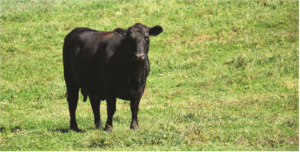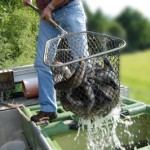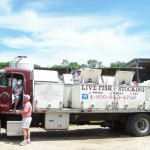Using Mineral as Your Ounce of Prevention
It’s time to think about mineral differently.
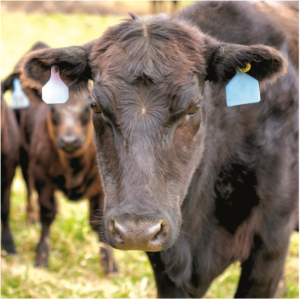
Mineral can be more than just a way of efficiently delivering nutrition to your herd – it can also be a cost-effective health management tool. Your mineral package can deliver critical trace minerals, vitamins and even additives that work to proactively address costly health issues.
Managing health through mineral is important to any herd’s overall return on investment. Mineral ensures performance is maintained. In extreme cases where nutrition is imbalanced, death can be a side effect, meaning lost potential income. For instance, when phosphorus levels are not adequate, weaning rates suffer. Studies have shown a 25% reduction in calves weaned when no phosphorus is present.1
Several cents per head per week invested in mineral can help combat challenges that can cost thousands. It’s a smart investment.
Use mineral as a value-added tool for:
- Foot rot
Foot rot is an infectious disease leading to swelling between the hoof claws. It is common during wet, muddy periods and can lead to lameness in cattle. When foot rot is prevented it can result in 20% more weight gained during a grazing season.2
The dairy industry has seen how dialing in nutrition can help improve hoof health and limit issues like foot rot. Feeding trace minerals like zinc, iodine, copper and manganese can positively impact hoof health.
Organic iodine, scientifically called ethylenediamine dihydroiodide (EDDI), is a more bioavailable – or readily digestible – form of the mineral. Feeding iodine at or above the National Research Council (NRC) recommended level helps limit foot rot.
Zinc is also beneficial because it aids with skin integrity, which can make it harder for pathogens to breach the skin.
- Grass tetany
Cool-season grasses risk being low in available magnesium during spring and fall, causing grass tetany. Symptoms of grass tetany include loss of muscle control, irritability and ultimately coma and death in cattle.
When cool-season grasses are in their key growth periods, potassium can also be higher than normal, causing magnesium to not absorb easily. Compounding the problem of grass tetany is the need for cows to have double the magnesium requirements when lactating, which tends to coincide with calving for both spring and fall calving herds.
A mineral higher in magnesium is a simple way to help prevent grass tetany and meet the needs of lactating females grazing cool-season forages. Provide high magnesium mineral two to three weeks before cattle are first exposed to lush grass to achieve consistent intake before the time of highest risk.
Continue feeding for 60 days after the first sign of grass growth.
- White muscle disease
When selenium or vitamin E is low in a cows’ diet during gestation, young calves can acquire nutritional myodegeneration (NMD), commonly referred to as white muscle disease. Calves born with low selenium or vitamin E levels suffering from white muscle disease can have two types: a congenital version and a delayed response version.
The congenital version of NMD impacts the heart and is fatal in most cases, with calves dying in a few days. The delayed response version results in weak calves that can’t stand but can be remedied with injectable selenium and vitamin E when calves exhibit symptoms.
Fortunately, white muscle disease is avoidable with balanced nutrition. If soil selenium levels are low, feeding higher selenium levels is recommended, especially during gestation. Testing forages for selenium levels and other nutrients, particularly if you are in regions like the Pacific Northwest and Great Lakes, is a good idea to get a baseline of your mineral needs.
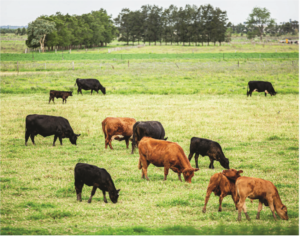
- Urinary calculi
Male cattle can develop kidney stones or urinary calculi when there is an inverted calcium: phosphorus ratio in the diet. Urinary calculi can happen when feeding higher levels of distillers’ grains or grazing forages that are high in phosphates.
A balanced mineral program helps reduce the risk of urinary calculi by providing the correct calcium: phosphorus ratio.
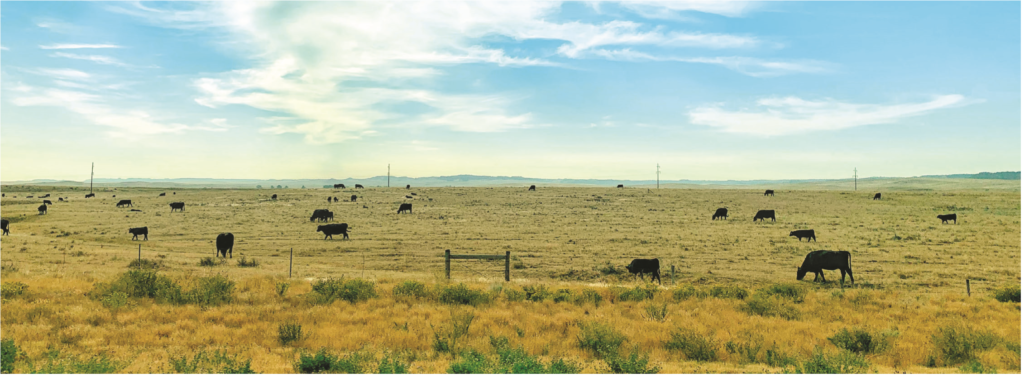
Minerals can also be a convenient way to deliver additives that support the health of your herd.
Get extra benefits from additives:
1. Fly control
Controlling flies means that those flies are less able to bite and stress your cattle. Reducing flies benefits the immune system because cattle don’t devote nutrients to fighting and avoiding flies.
An insect growth regulator (IGR) in mineral can help to limit horn flies. Purina® Wind and Rain® Fly Control mineral contains Altosid® IGR, which inhibits the horn fly life cycle in the manure by stopping pupae from developing into biting adult flies.3
2. Bloat
The risk of bloat is common when grazing lush grasses during the early part of the grazing season. Ionophores added to mineral can help relieve bloat.
Mineral intake is also key to increasing ionophore intake and limiting bloat when forage is lush. If the mineral isn’t palatable, cattle won’t consume the needed ionophore.
There is no “one-size-fits-all” approach for addressing all the issues that arise with herd management. Visit your local Farmer’s Coop store to determine the appropriate mineral formulation to meet your needs and how to get started.
Sources:
- Black WH, Tash LH, Jones JM, Kleberg RJ. Effects of phosphorus supplements on cattle grazing on range deficient in this mineral. 1943. USDA.
- Brazzle FK. Cattleman’s Day Report of Progress 704. 1993. Agriculture Experiment Station. Kansas State University.
- Altosid® IGR is a registered trademark of Wellmark International.


